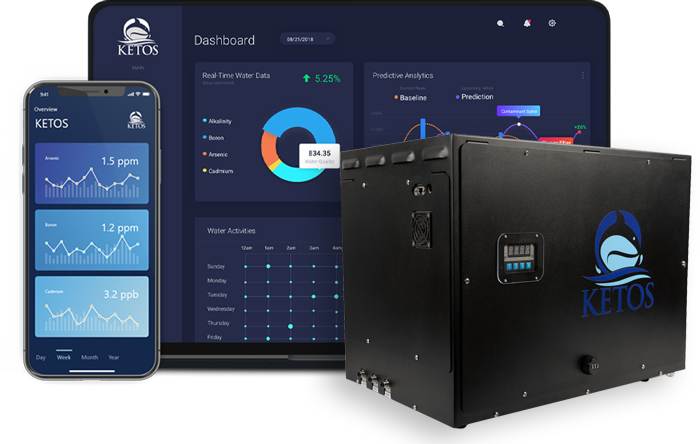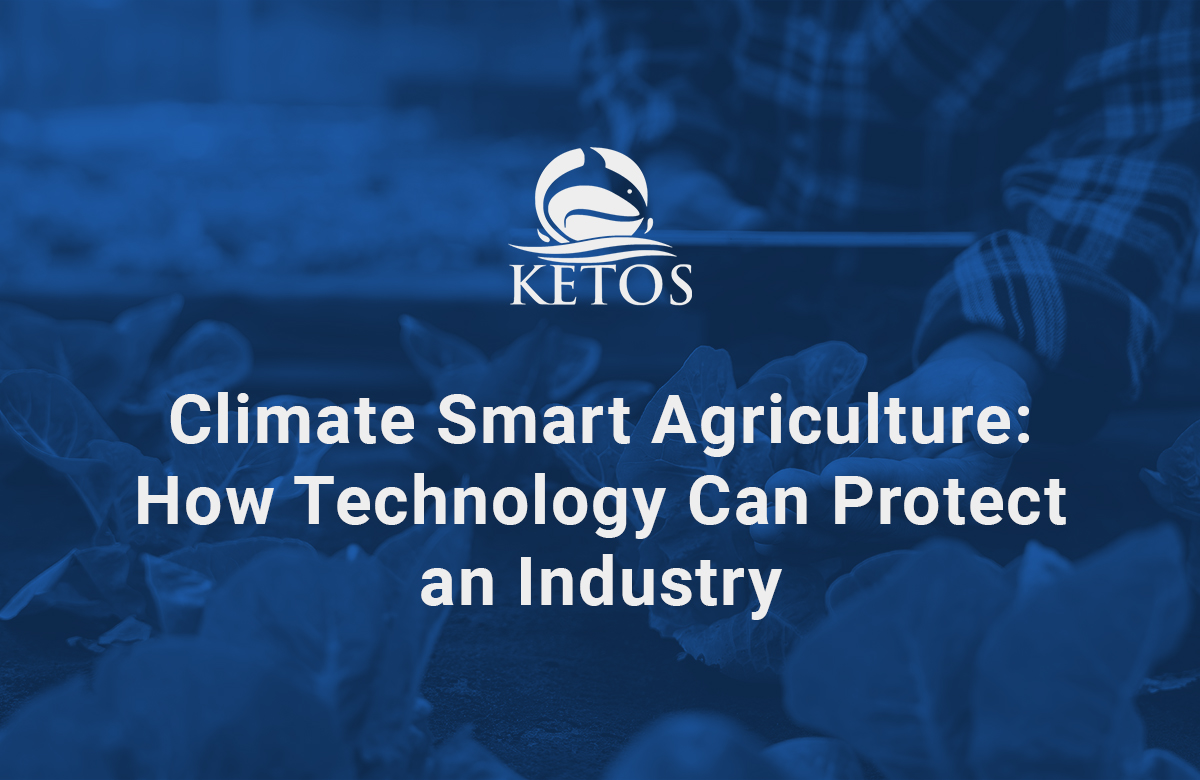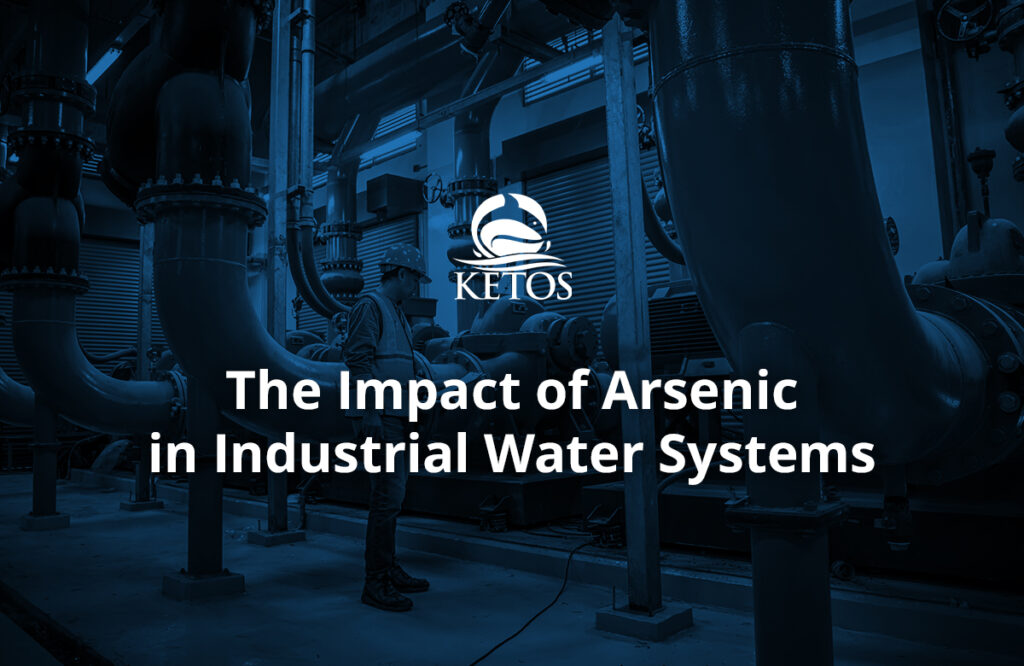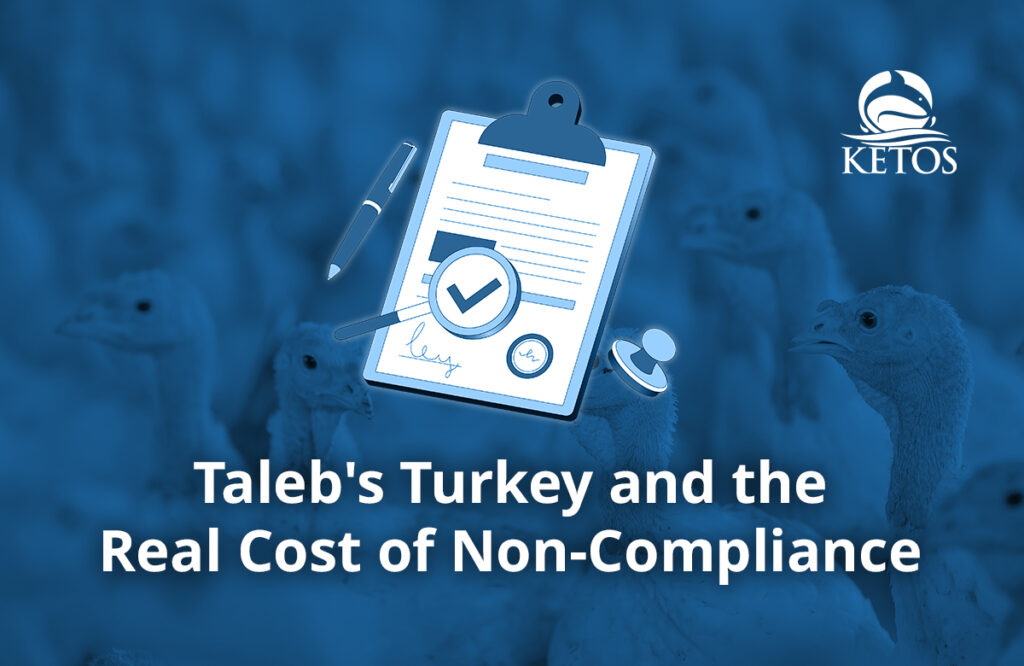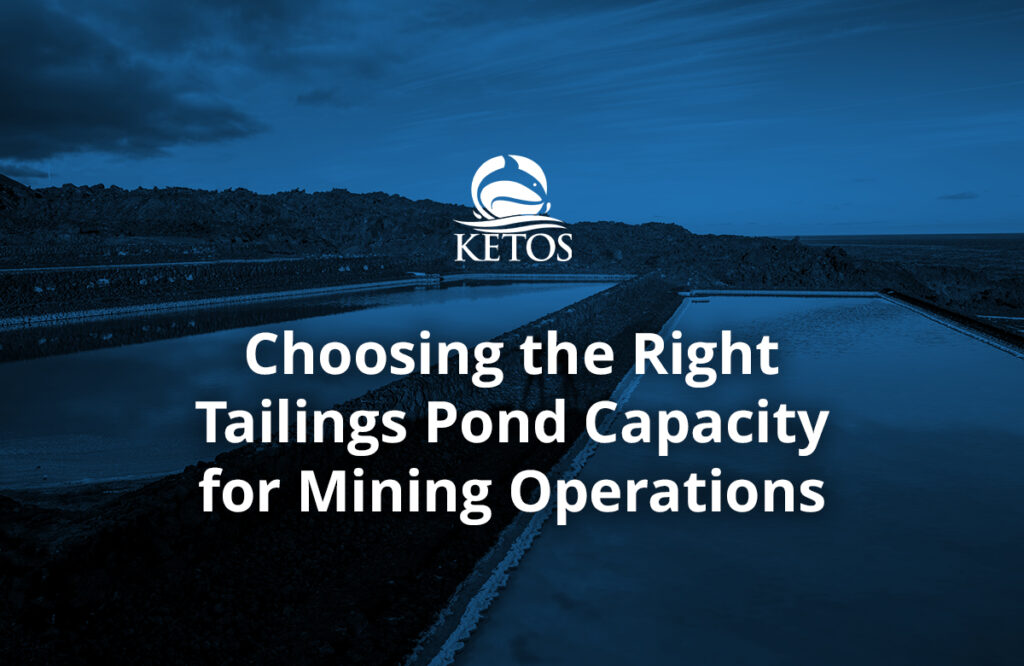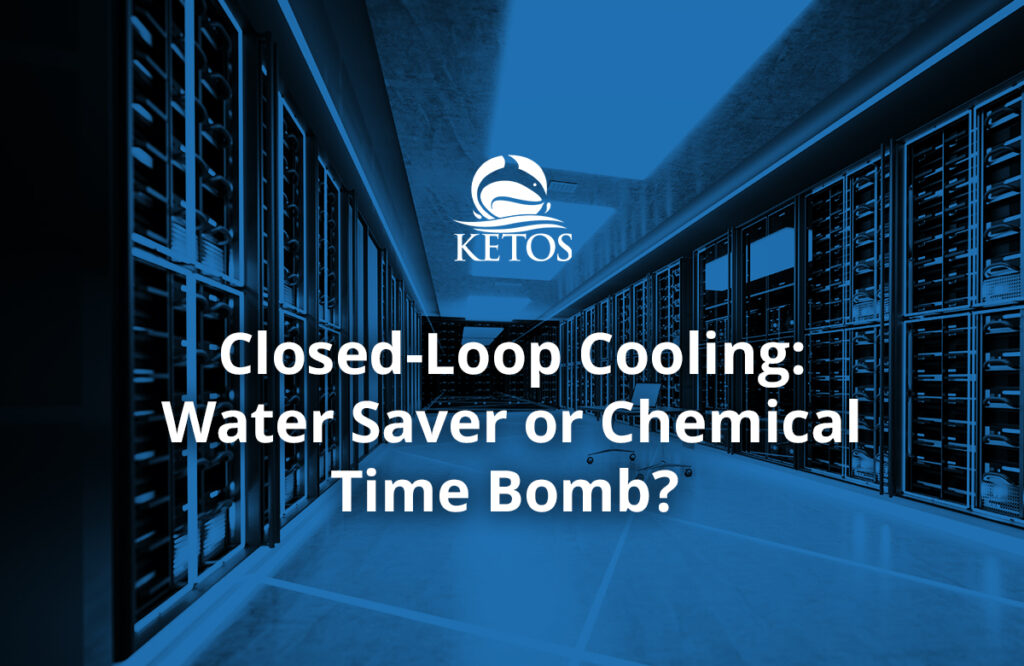Around the world, climate change is taking its toll on communities and businesses alike. One industry that has been hit especially hard has been agriculture, and, with more challenging growing conditions dovetailing with an ever-increasing population, finding sustainable ways to grow and harvest food has a real urgency both at home and abroad.
Therefore, climate-smart agriculture (CSA) has ever-increasing merit, and the approach is helping move agricultural systems toward more resilient practices. Its three main objectives include:
- Increasing productivity in a sustainable manner.
- Building resilience to climate change.
- Working to remove greenhouse gas emissions from processes as much as possible.
While not explicitly a pillar of climate-smart agriculture, water conservation, and sustainability go hand in hand.
The Complexities of Climate Change
Part of the challenge around climate change is that it will hit regions of the world differently. While some areas may see unprecedented rainfall, others will face more severe drought. There is also pressure to reconsider how to embrace and protect natural environments that can act as buffers against the worst aspects of climate change (such as drought, erosion, and flooding).
Building Climate Hubs
One of the results of paying closer attention to climate change is that various agencies, universities, communities, and private organizations are seeking solutions that can help areas better adapt to climate change while building resiliency into future approaches. The USDA, for example, has created climate hubs to connect science and practice via place-based resources that include, among other projects, soil moisture education.
USDA Climate Smart Commodities Programs
The USDA is also investing $3.1 billion in projects under their Partnerships for Climate-Smart Commodities. The goal for the projects is to:
- Provide technical/financial assistance to producers for the implementation of climate-smart product practices on working lands
- Pilot innovative/cost-effective methods for reporting and monitoring greenhouse gases
- Develop and promote markets for climate-smart commodities
Approved projects include:
- Programs for better nutrient management in crops
- Projects designed to measure soil health better
- Reduction of pesticide, chemical, and fertilizer inputs
- Regenerative agricultural projects
Getting Smarter About Water
Water conservation and more intelligent water usage can play a significant role in promoting climate-smart agricultural approaches. After all, approximately 42% of the nation’s freshwater usage is for irrigation purposes. However, in the case of water usage, the good news is that water withdrawals used for US agriculture have declined. While a variety of factors have contributed to this decline, one major factor is better irrigation technology. The even better news is that technology is being deployed more broadly across agricultural processes as farmers seek solutions to draw down prices and conserve water as part of an overall approach to embrace sustainability.
How Technology Has a Role to Play in Climate-Smart Agriculture
While choosing more resilient crops and being strategic about what to grow where can play a role in future food production, technological advances such as AI, machine learning, IoT, automation, and big data can also play a role in future food production. Farmers that can use KPIs to their advantage and find ways to automate processes (for example, so that the right amount of fertilizer, nutrients, and water reach their crops at the right time) can help put less pressure on an already strained environment.
Organizations can also leverage technology to track water usage and quality, monitor for leaks, and protect environments from contamination. And as more data points are collected, farmers and businesses can build a 360-degree view of water quality and usage to better plan for how they use their water, where they apply it, and when. This could allow the US to continue the trend of using less water for agriculture in the years to come, which, in turn, can help save surrounding communities millions of gallons of water annually.
KETOS: Building Resiliency Around Water
With water being such an integral part of farming and production, some aspects of the USDA’s Climate-Smart Commodities Program might benefit from the technology.
The solution helps organizations better understand their water quality and usage and better prepare for water resiliency. Using KETOS, organizations can:
- Monitor infrastructure to help reduce water loss via pipe leaks or breakages
- Better monitor water parameters to correctly balance chemicals, reducing chemical waste and cost
- Correctly balance nutrients in water for effective nutrient delivery
- Monitor for contaminants, including heavy metals that can affect crops, cattle, and surrounding ecosystems
- Protect against over-application of chemicals and nutrients
- Monitor surface water for contaminant run-off from open-field operations or livestock farming
- Set threshold alerts to get notified when there is a parameter spike in their water supplies
KETOS can monitor for 30+ parameters simultaneously via one device. It’s also modular, meaning farmers can place devices strategically across all aspects of operational infrastructure that use water to monitor their water from multiple locations while centralizing the monitoring process so that all data is visible in one pane of glass.
With automation, AI, IoT, and data collection at a water operator’s fingertips, they can better consider resiliency and, over time, uncover ways to cut water usage, apply fewer chemicals and fertilizer, and deliver the right mix of nutrients that will help their agricultural operations thrive even in the most challenging conditions. Building water resiliency is just one part of a larger picture when it comes to climate-smart initiatives. Being more mindful of usage while also taking into consideration a company’s larger climate footprint, companies can help protect both their industry and the surrounding environment from ongoing climate change disruptions.
